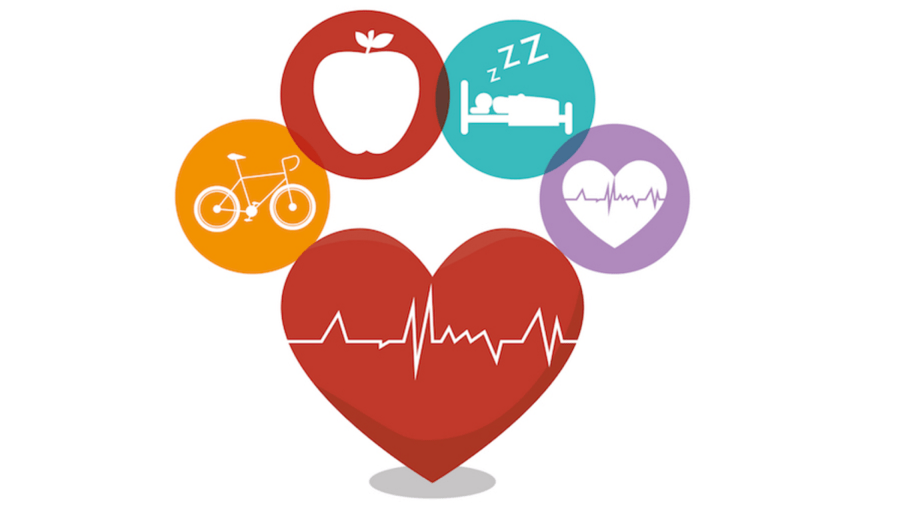Preventing Sports Injuries: Training Smart and Safe 🏋️♂️⚽️🎾
Sports are a fantastic way to stay active and keep fit. Whether you're a professional athlete or an amateur enthusiast, participating in sports can bring great joy and satisfaction. However, it's important to remember that sports also come with the risk of injuries. As AckySHINE, I advice you to prioritize safety and take preventive measures to reduce the chances of getting injured.
-
Warm-up and Stretching: Before engaging in any physical activity, make sure to warm up your muscles and stretch properly. This helps to increase blood flow, improve flexibility, and reduce the risk of muscle strains or tears. 🏋️♂️🤸♂️
-
Wear Protective Gear: Depending on the sport you're involved in, wearing the appropriate protective gear is crucial. For instance, helmets for cycling or skiing, shin guards for soccer, or mouth guards for boxing. These gears can significantly reduce the chances of serious injuries. 🚴♂️⛷️🥊
-
Gradual Progression: When starting a new sport or exercise routine, it's important to progress gradually. Pushing yourself too hard, too soon can result in overuse injuries or muscle strains. As AckySHINE, I recommend gradually increasing the intensity and duration of your workouts to allow your body to adapt and strengthen. 🏃♀️💪
-
Cross-Train: Engaging in a variety of sports or activities can help prevent overuse injuries. By giving your body a break from repetitive movements, you can reduce the risk of strain and stress on specific muscles or joints. For example, if you're an avid runner, consider adding swimming or cycling to your routine. 🏊♀️🚴♀️
-
Listen to Your Body: Pay attention to any signs of pain or discomfort during your workouts. Pushing through the pain can lead to more serious injuries. If something doesn't feel right, take a break and seek medical advice if necessary. 🩺💔
-
Stay Hydrated: Proper hydration is essential for maintaining optimal performance and preventing cramps or muscle strains. Remember to drink enough water before, during, and after exercise to keep your body hydrated. 💦
-
Rest and Recovery: Rest days are just as important as training days. Your body needs time to recover and repair itself from the physical stress of exercise. Make sure to include rest days in your training schedule to prevent overuse injuries and burnout. 😴💤
-
Proper Technique: Learn and practice the correct technique for your chosen sport. Using improper form can put unnecessary stress on your joints and muscles, increasing the risk of injuries. Seek guidance from a coach or trainer to ensure you're performing the movements correctly. 📚👟
-
Strength Training: Incorporating strength training into your routine can help build strong muscles, improve balance, and enhance overall performance. Strong muscles act as protective armor, reducing the risk of injuries during sports activities. 🏋️♀️💪
-
Flexibility Training: Regular flexibility training can improve your range of motion and reduce the risk of muscle strains. Engage in activities such as yoga or Pilates to increase flexibility and joint mobility. 🧘♀️🤸♀️
-
Pay Attention to Playing Surfaces: Different sports are played on different surfaces, and each surface comes with its own risks. Consider the playing surface and adjust your movements accordingly. For example, on a wet soccer field, be cautious of slipping and take appropriate measures to prevent falls. 🌧️⚽️🤕
-
Get Proper Nutrition: A well-balanced diet plays a significant role in injury prevention. Proper nutrition provides essential nutrients for muscle repair and recovery. Include a variety of fruits, vegetables, lean proteins, and whole grains in your diet to support your body's needs. 🍎🥦🍗🍞
-
Regular Check-ups: Regular visits to a healthcare professional can help identify any underlying issues or potential risks. They can provide personalized advice and guidance to ensure you're training in a safe and effective manner. 🩺📋
-
Warm-down and Stretching: After your workout or sports activity, take the time to cool down and stretch your muscles. This helps to reduce muscle soreness and stiffness and aids in the recovery process. 🏋️♀️🧘♂️
-
Know Your Limits: While pushing yourself to achieve new goals is admirable, it's important to know your limits. Pushing beyond what your body can handle can result in serious injuries. Listen to your body, respect your limits, and progress at a pace that feels comfortable and safe for you. 🛑💪
Remember, preventing sports injuries is not about avoiding physical activity altogether, but about training smart and safe. By following these tips and incorporating them into your routine, you can significantly reduce the risk of injuries and enjoy your favorite sports for years to come. Stay active, stay safe! 😊👍
What are your favorite sports activities, and how do you ensure your safety while participating in them? Share your opinions and experiences below! 👇🤔






